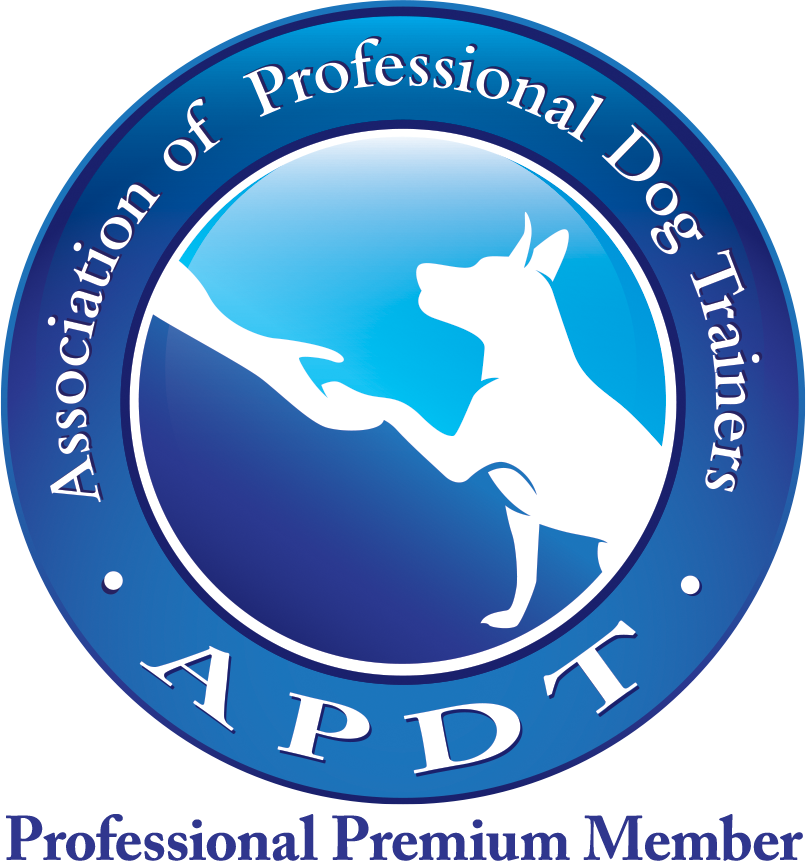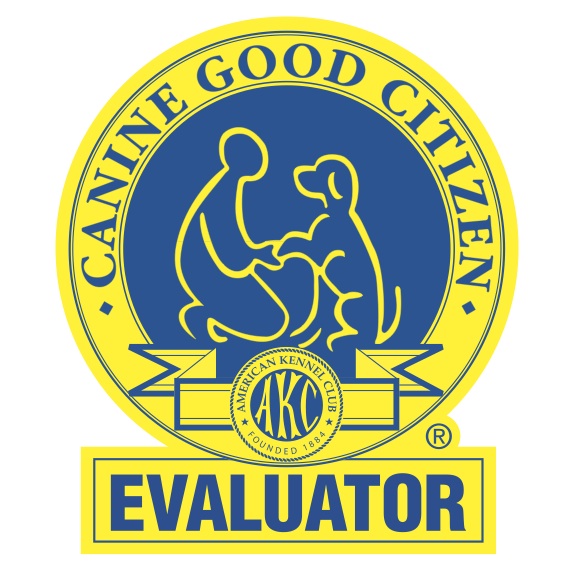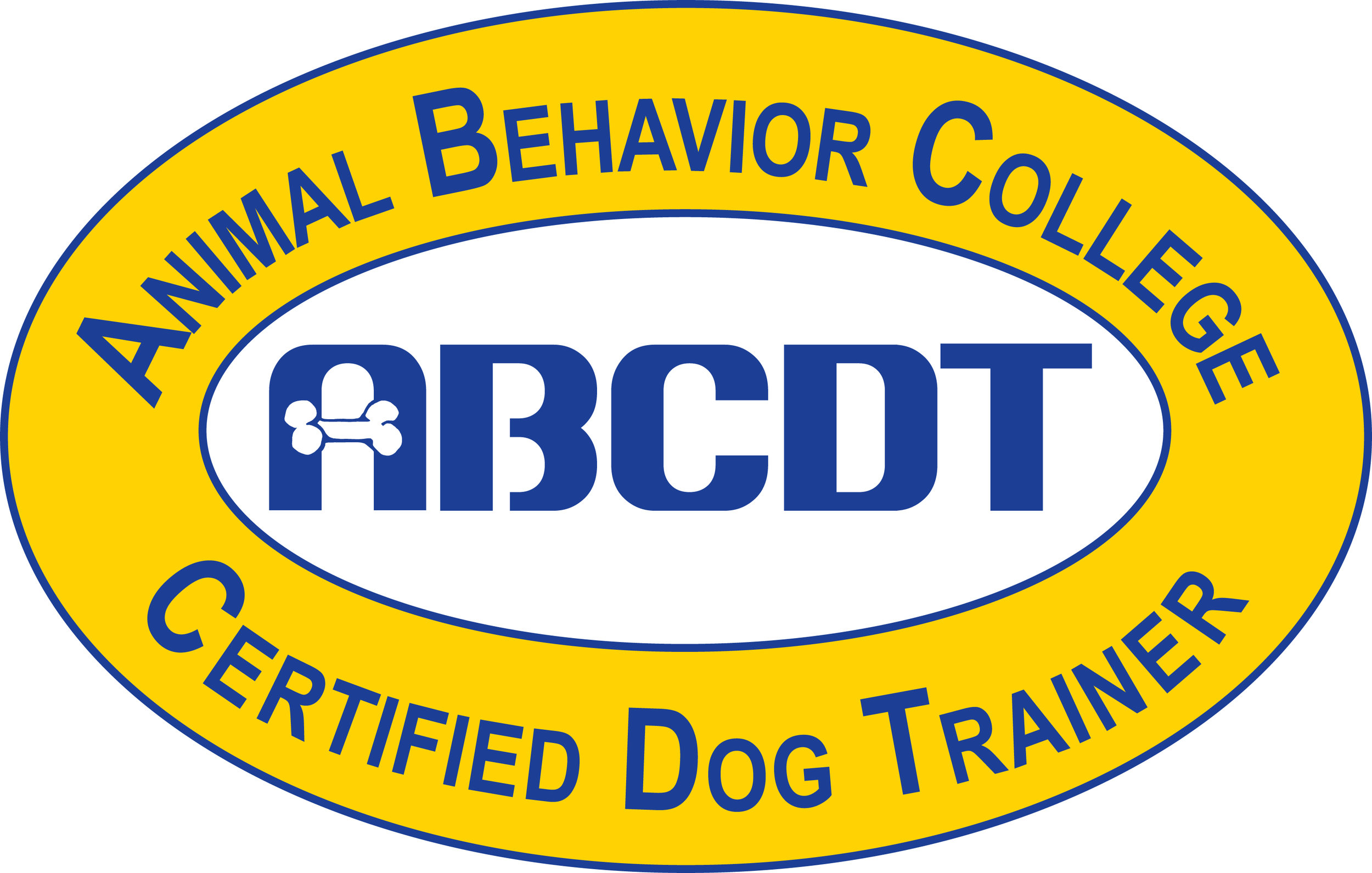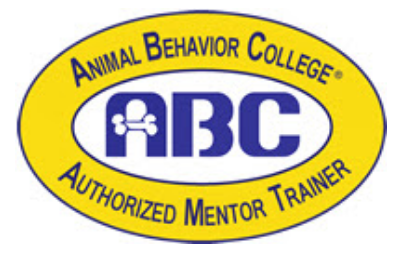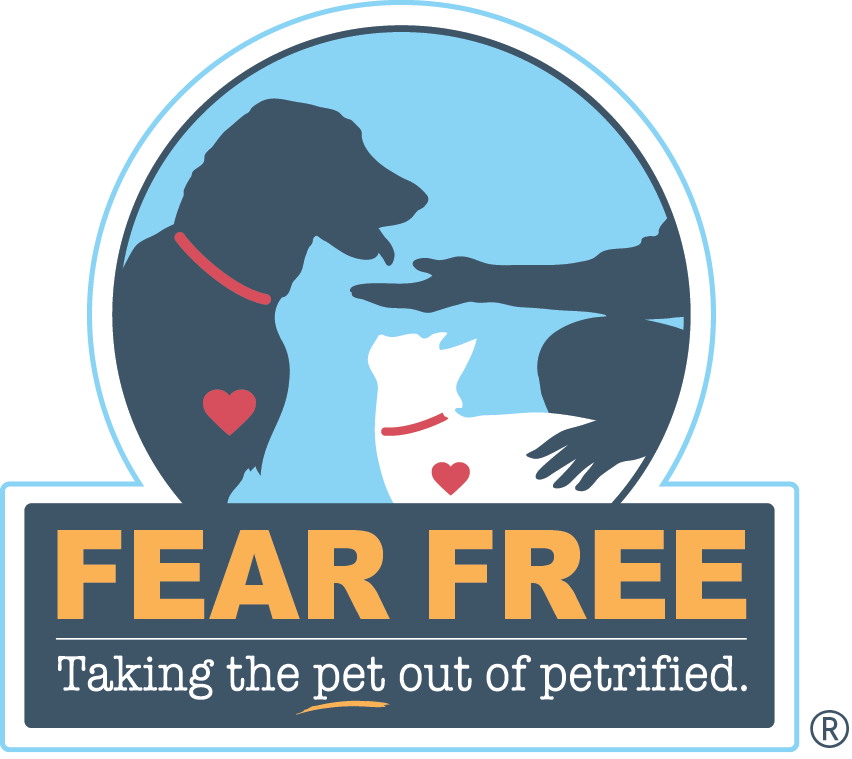Bark to Basics Canine Obedience Center, LLC service dog training allows for various options:
Phase 1 Diabetic Alert Dogs & Phase Two Advanced Diabetic Alert Dogs
Individual Phase Training
Phase 1 Psychiatric service dogs & Phase Two Advanced Psychiatric service dogs
Self Training planning and support
Phase One Diabetic Alert Dogs/Psychiatric Service Dogs (P1)
Bark to Basics Canine Obedience Center, LLC Phase One service dogs come with all of the skills needed to begin their lives as a diabetic alert dog (DAD)/psychiatric service dog (PSD dog). Although our trainers prepare the dogs with all of the necessary skills to become service dogs, we recognize that these dogs are never "finished" with their training. Just as with professional athletes, teachers, and even doctors, training/learning is an on-going process. With the support of our trainers, families will be armed with the knowledge and skills on how to continue to reinforce the skills and tasks the service dog has been trained on, as well as on how to build an incredible relationship with their new working companion.
It is our philosophy that every dog learns at their own pace, therefore we do not rush dogs just to get them through their training in a set time frame. It has however been our experience that dogs typically can complete our starter program in 12 months, depending on the age they start the program. Phase One dogs will usually be 1 to 1 1/2 years old when they complete our program.
Phase Two: The service dog goes home
Once the service dog has completed their Phase One training with us, we then work with their new handler through the second phase of their training, which we call Phase Two. Phase Two training is typically done with the service dog at home with their new handler. This second year of training has the service dog working full time going through the daily experiences, alerting, and actual working life. We often refer to Phase One training as completing college; they have the knowledge and experience at doing their job, however there is still so much to learn to be truly considered a master in their field. Where Phase Two training, provides the real daily on the job experiences. This is where the service dog puts their learning into full time daily action. Phase Two comes with some challenges and a slight learning curve, however it also comes with all of the joy and benefits of having the service dog assisting their handler with their disability. Our new handlers are not alone through this second phase; our trainers are available to answer questions, offer training assistance, support with new experiences the training team goes through, and to share in the many successes along the way.
The service dog’s second training can be completed by us for an additional fee.
Overview of Phase One Diabetic Alert Dogs/Psychiatric Service Dogs
Completed vaccinations
Microchipped
Spay/neutered
Kennel trained
Evaluated for behavioral disqualifiers and compatibility with new handlers lifestyle
Obedience training / AKC Canine Good Citizen evaluation
Public Access trained
Favorable house manners
Diabetic alert dog: Scent detection: trained to alert to hypo and hyper glucose levels in low distraction environments, high distraction environments, and night alert awareness.
Psychiatric service dogs training is customized to fit the individual needs of the client.
Access to free online supportive classes and videos to answer questions and model reinforcement behavior
Bag of tools to start the dog and handler team out on the right paw.
Obedience Training
Commands learned will include:
sit
down
sit stay
down stay
recall
heel
leave it
drop it
bed
kennel
Public Access Training Abilities
Maintain appropriate transportation behavior – riding in a car, on a bus or tram
Controlled load and unload from a vehicle
Controlled entry and exit from a building
Sits or lies down and waits politely and under control while the owner sits at a table and fills out paperwork, has a meal, or visits with another person
Heels through a building walking at the pace of the owner – left turns, right turns, stopping
Heels next to wheeled items – wheel chair, stroller, shopping cart
Walks appropriately through a crowd - people coming toward the dog as well as people walking in the same direction
Appropriate reaction to sounds – dropped items, household appliances, children playing, rolling suitcases, cars, etc.
Appropriate reaction to being touched – clothing on racks, grocery bags, purses, etc.
Walks on a variety of surfaces – concrete, sand, grass, wood chips, metal, etc.
Walks politely and maintains appropriate behavior around other dogs
Allows to be pet by a stranger/ Pet by a stranger carrying something (bag, backpack, computer bag, etc.)
Maintains safe walking speed while ascending and descending stairs with the owner
Sits or stands appropriately in an elevator with controlled entry and exit
Waits at curb and appropriately crosses the street under control
Ignores food and containers on the floor
Comes when called past distractions
Sit-Stay and Down-Stay while a shopping cart approaches or passes
House Manners
Appropriate behavior in the home is a must for Bark to Basics Canine Obedience Center, LLC service dogs. Our service dogs will have proven to show their ability to be appropriate housemates. Dogs should:
Maintain a down stay for extended periods of time with a specified boundary and on an unspecified boundary
Maintain appropriate behavior when new people enter the house - Inappropriate behavior includes jumping on people and uncontrollable barking at people
Maintain appropriate behavior while in the presence of food
Show that they are appropriately potty trained
Dogs should not:
Chew on shoes, toys, or items that are not given to the dog
Sit or jump on furniture
Run around throughout the house or room
Bark uncontrollably at outside sounds - initial reaction is understandable, however should be quickly controlled
Diabetic Alert Dogs - Scent detection training abilities
Scent detection is the final phase of training. During this phase of training the service dog will be trained to detect and alert to low glucose levels (below 80) and to high glucose levels (above 150.) The dogs will also be trained to alert their owner at night when an out of range level is detected.
There is not a dog that will alert 100% of the time every single day. Diabetic alert dogs are not finely tuned robots rather they are living, breathing free willed animals that have been trained to perform a specific task. With appropriate consistent and continued training, diabetic alert dogs have been proven to be very reliable tools to assist their owner in managing their diabetes. They become their owners loved and trusted life saving companion. Our dogs will be trained to:
Alert by pawing or nudging the owner in low distraction environments to low glucose levels
Alert by pawing or nudging the owner in low distraction environments to high glucose levels
Alert by pawing or nudging the owner in high distraction environments to low glucose levels
Alert by pawing or nudging the owner in high distraction environments to high glucose level
Night alert to a low glucose level
Night alert to a high glucose level
Psychiatric service dogs - task training
Tasks are individualized for the client’s unique needs. After careful discussion with the client, two to three specific tasks are identified and trained in our Phase One training plan. Please contact us for further information and to see if you are a candidate for a psychiatric service dog.
Client Training
During the training process: Clients have the option to receive 6 free days of training (up to 5 hours each day) in the Phoenix Metropolitan area with a Bark to Basics Canine Obedience Center, LLC certified dog trainer after the dog's completion of the obedience phase and after the public access phase of training. Visitation times are also welcome.
Upon completion of the service dog's training: Clients will be provided training in handling and care of their service dog. Included in the Phase One package will be 3 to 5 days of orientation (up to 5 hours each day) with a Bark to Basics Canine Obedience Center, LLC certified dog trainer and training in the phases of obedience, public access, and scent detection/task training in various public locations in the Phoenix metropolitan area. Customized in-home delivery and training options are available.
In addition to the extensive training opportunities offered above, clients also receive additional client training days in the Phoenix area (up to 5 hours each day.) We are here to support you. We welcome you into our family and treat you as such!
Dogs
Bark to Basics Canine Obedience Center, LLC typically has dogs available that have already started their training and as such we have been able to identify the dogs temperament and activity level. This allows us to better match the dog with the client's lifestyle. Once matched, the service dog will be trained as much as possible to the lifestyle and activities of its owner to be. Perhaps the owner plays sports, rides a bicycle, lives on a farm or in a busy city, the service dog is trained in areas that will simulate the home life that it will be going to. This will allow the transition from training home environment to the new home to be more fluent. If interested in our current dogs available, please visit our available dogs page.
We also understand that clients may have their heart set on a specific breed, color, or gender of their service animal or may require a dog that tends to be more hypoallergenic or where minimal shedding is required. For this reason we will also find and train a dog that best fits the needs of the client.
Phase Two Advanced Diabetic Alert Dog Training/Psychiatric Service Dogs
Advanced service dogs continue training with us and go home having been through time-tested specialized training over an 18-24 month period to ensure that they are of sound temperament, maturity, and task performance before they are delivered to their handler. Any second year challenges are worked through and the service dog has much more experience under their paws.
These dogs are past their puppy days and have proven to be mature enough for their duty. They have been proofed in their task of day and night alerts, have had extensive public exposure, and have shown to have the most desirable temperament for a service animal.
Contact us to inquire about our payment option.
For more information on any of our service dog programs:
Don't forget to Follow us on Facebook @Barktobasics101
for training and dog related tips!








